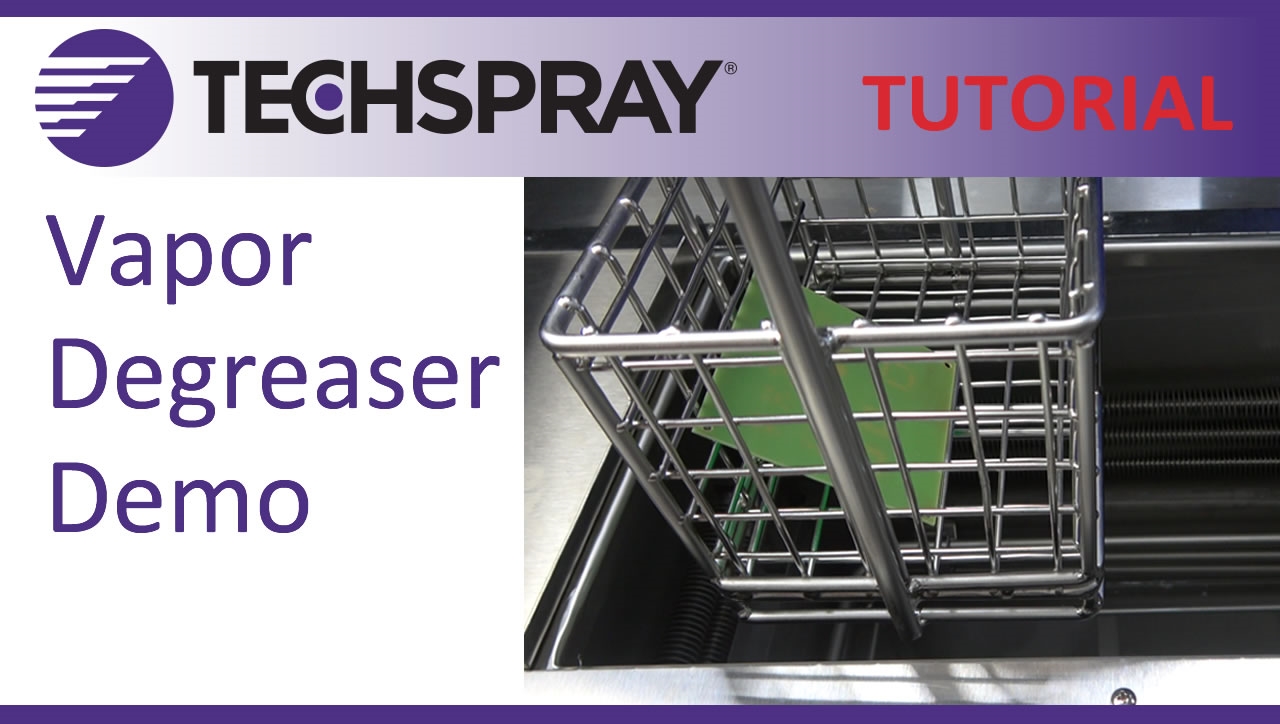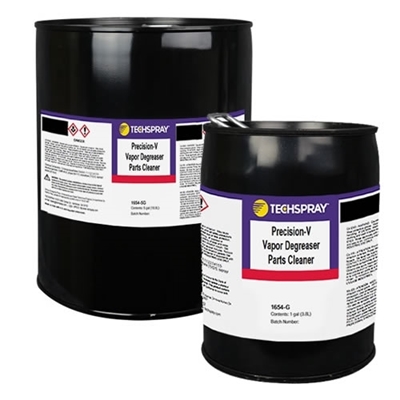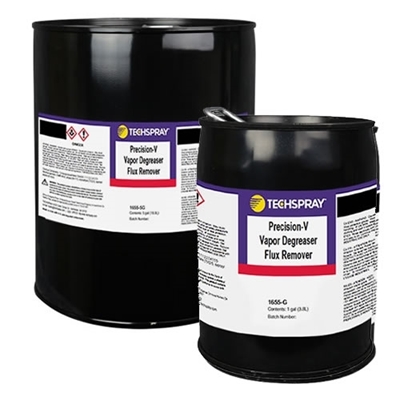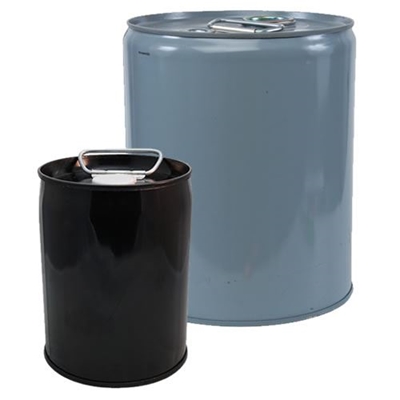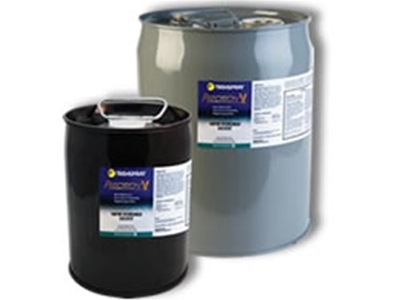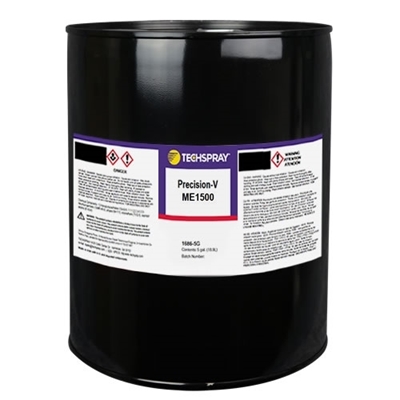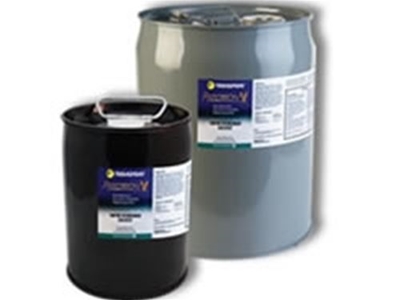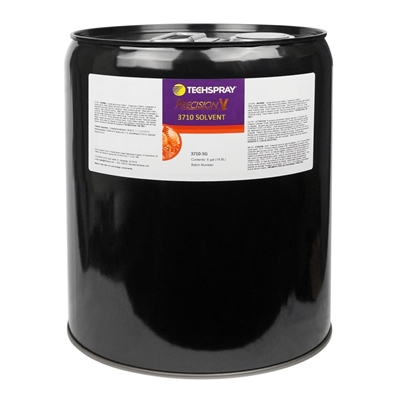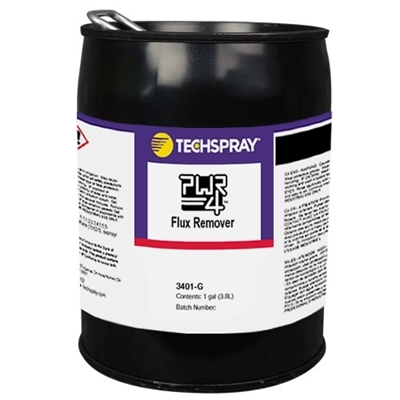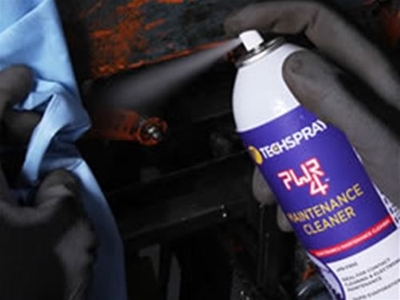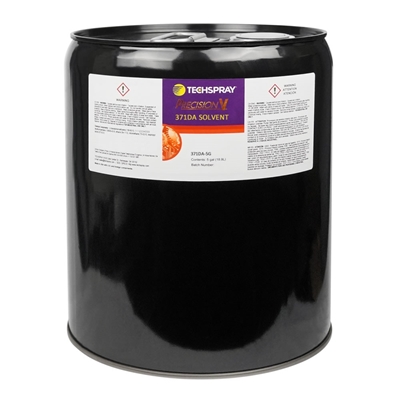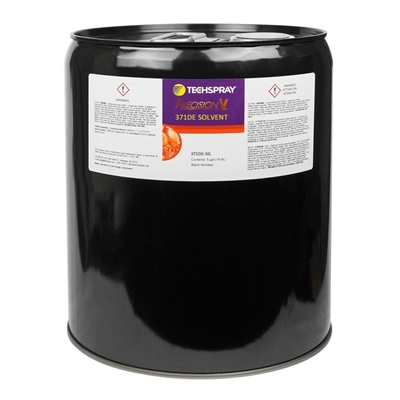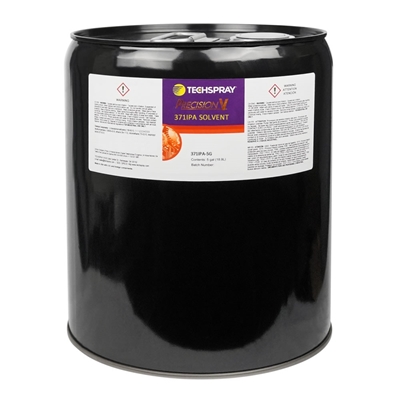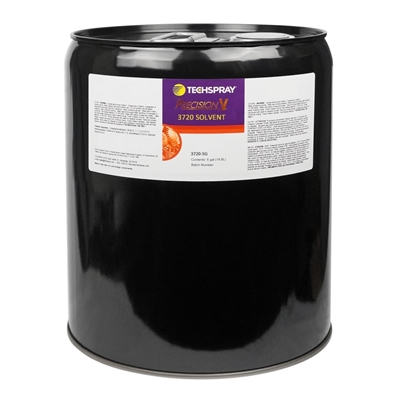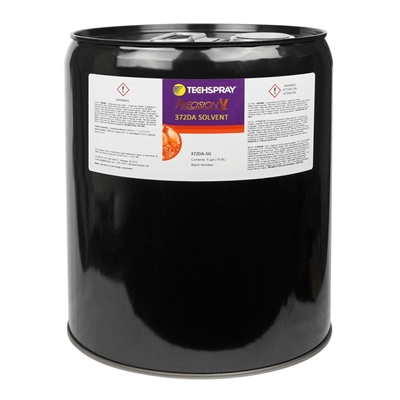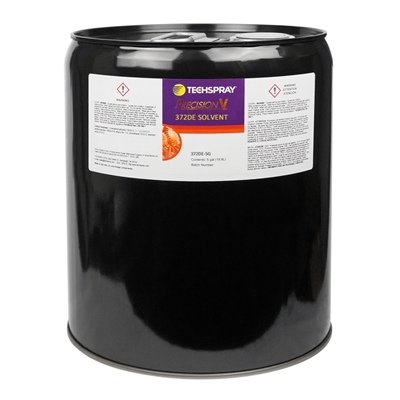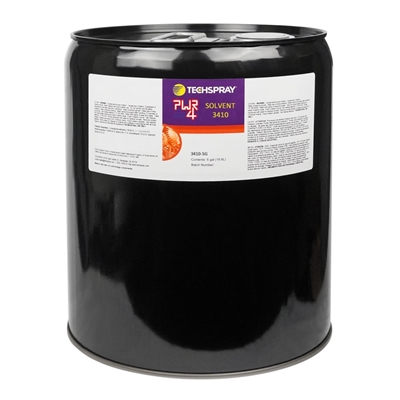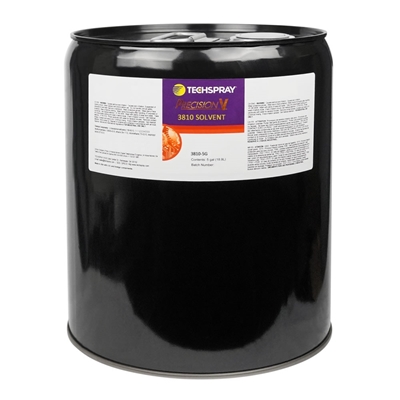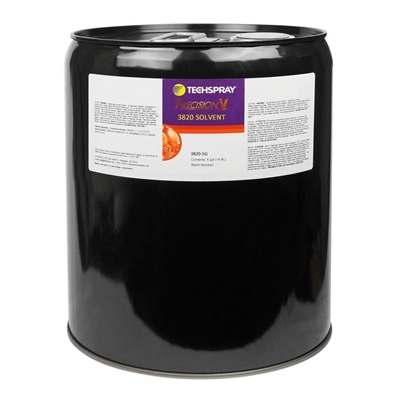I'm Pierce Pillon, field engineer with ITW Contamination Control. Welcome to our little video. Today, we'll be going over some of the very basics of the vapor degreasing process, identifying some of the basic units in the degreaser itself. And so let's get started.
Vapor Degreaser Location
First is location and your set up. When your unit is delivered and you're setting it up, you want to make sure that you have access all the way around it for your cleaning process, as well as your preventative maintenance. You want to have access or access to all of your door panels and things like that for repair and other maintenance that you may have.
One of the things that you need to be wary of in your placement is to make sure that you have no vents drafts, anything like that. So, when you open your doors of your working area, you don't want to pull those vapors out because that's product loss, which is going to cost you money. At the same time, it disturbs that vapor zone in there and it does take a little while for it to reach back to equilibrium, to where you can properly do your cleaning process.
Overview of Vapor Degreaser Equipment
So, just to identify some of the things that are on this particular unit, each unit will vary, so you need to be in contact with your equipment manufacturer to make sure that you fully understand the operation. But here, is the control panel where you enter all of your set points and operating parameters.
Access to the plumbing is down below. You have access to the water separator, the cleaner, the condensate sump, the boil sump. So, everything is here.
Overview of Vapor Degreaser Operation
Okay. So, a little bit about the actual operation here, the functional zones and the work areas.How the unit works is you've got your cleaning fluid loaded in here, and you've got it running.And the way this works is that the liquid boils in one of the sumps or the bins, creates vapors, and that goes up or into your working zone or your vapor zone. That's where the cleaning takes place.
But then as those vapors continue to rise, they'll hit that cold zone where thecondensers are, the refrigeration area, and they will condense back to liquid, goes into a trough, feeds back into the distillate receiver, which feeds into the clean sump, which replenishes the boil sump. So, it's just... Actually, in chemistry, they call that a reflux method.
This particular unit has two sets of coils. It has a lower set, which is called the primary set. And then it has an upper secondary coil. It can be called a secondary coil, sub-zero coil. It's at a much lower temperature, and that was actually driven by environmental regulations. They wanted to get that last little bit of emissions knocked back down and retain this liquid in here. So, as long as those are operating normally, you'll have very little vapor loss out of here.
So, you've got your basket here. Your parts that you put it here could be machine parts, could be valves, could be PCVAs, could be just about anything that you want to clean. Orientation of the part in the basket is important, and you may have to try it a few different ways when you're optimizing your process to make sure that you're getting good, efficient, and consistent cleaning. The orientation needs to be so obviously the vapors can hit up there, dissolve the soils, and then it drips off and acts as a rinsing mechanism also.
Now, when you lower this in there, you're lowering it through the vapor zone, and it's very important to disturb that vapor zone as little as possible. So, the rule of thumb when you're lowering the parts or you're raising the parts out of the vapor zone, to not exceed 11 feet per minute.
The way the cleaning action works is you're in this hot vapor zone. The part, by contrast, is at room temperature. So, there's a large temperature delta there. And as those hot vapors reached the relatively cool part, then they will condense and dissolve the soil, rinse it off, and then it just keeps on.
Now, that mechanism is called a cycle. That's one cycle. And when the part and the vapors reach the same temperature, the condensation stops, and that cycle is over. It's not going to get any cleaner than it is right that moment without doing multiple cycles. So, if you raise it up, if you inspect it, it's not clean, you can cool that part up actually without taking it completely out. You can raise it up towards the condensers, let it chill for a minute or so, and get that temperature delta going again, and then lowering it down for another cycle. So, you can do multiple cycles.
You can also have use of a wand. This one does not have a spray wand, but that's successful a lot of times.
It's very important from a safety aspect to make sure that all of your jewelry is off, your watches, your rings, because in a lot of these, there's moving parts.
Vapor Degreaser Demonstration
So, just to lower this in here, you take it and you can just lower it directly into the vapor zone.
And then you can see... As you get towards the hotter areas, you can see that the vapors are condensing on the part, in this case, a PCBA.
But when the cycle stops and the dripping stops and the condensation stops, you raise it out just as slowly as you lowered it in there. And as you bring it out and you get into what they call the freeboard zone or the freeboard area, and that's your drying area.
Once you see that every amount of liquid is off of there, then you can continue to pull it out and your part is dry, and then it's ready for inspection. And if it's clean, that's fine.You can go ahead to make sure that it further meets your cleaning requirements, or if it needs another cycle, you can chill it just by leaving it over there by that primary coil because that's going to be the coldest portion of your working zone in there.
Now, this has been a very quick overview of how the system works.
Our laboratory is here to do customer trials for you, whatever we need to do to help you out in your process. We can go on-site, help you set up in conjunction with your equipment manufacturer and also to help solve some of the process problems that you may have.
And so if you have any further questions, please feel free to join us on the website. There's a technical phone line. There's also an email that you can send us with technical questions.
Resources
Vapor Degreasing: The Quick Guide

